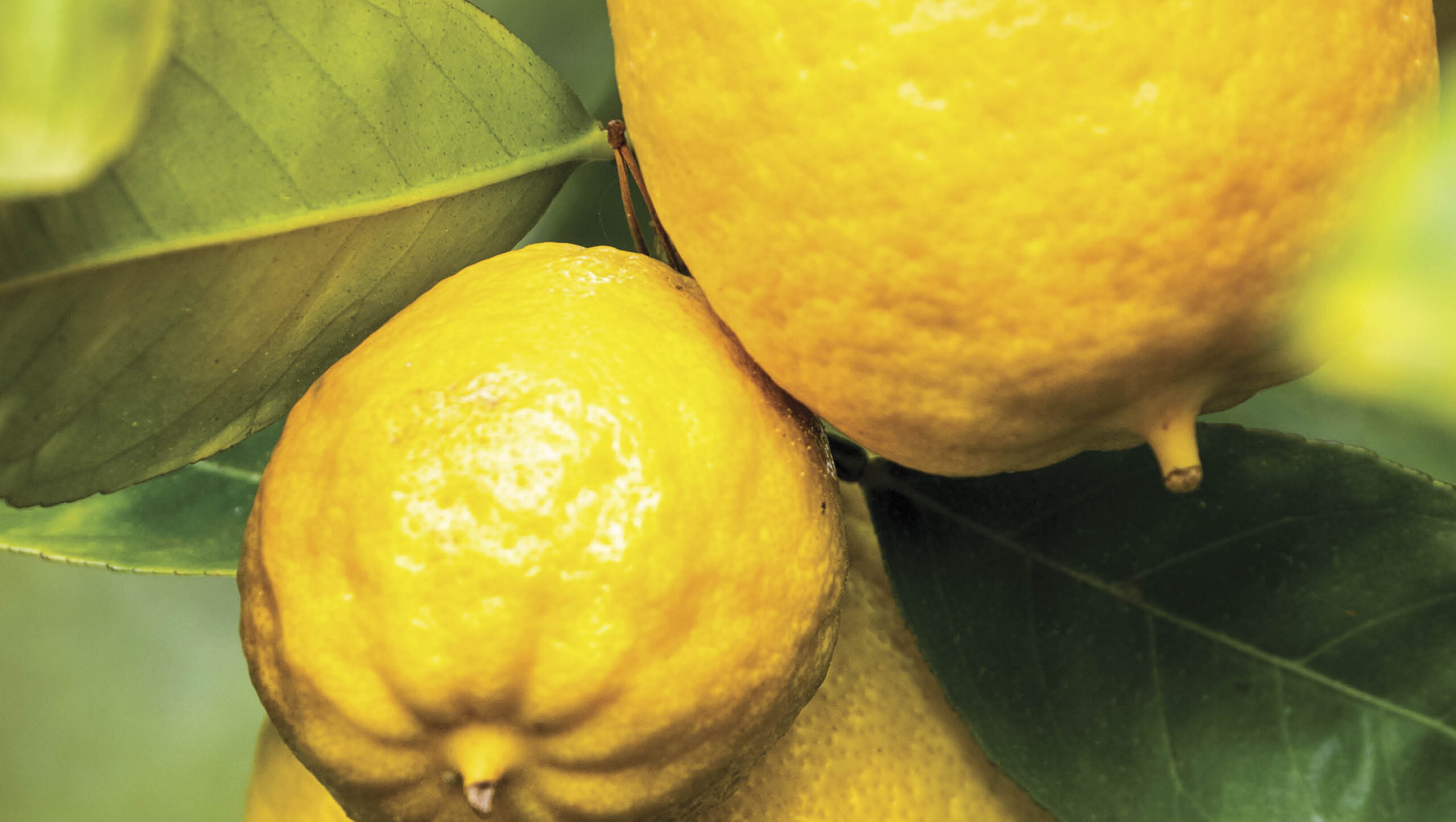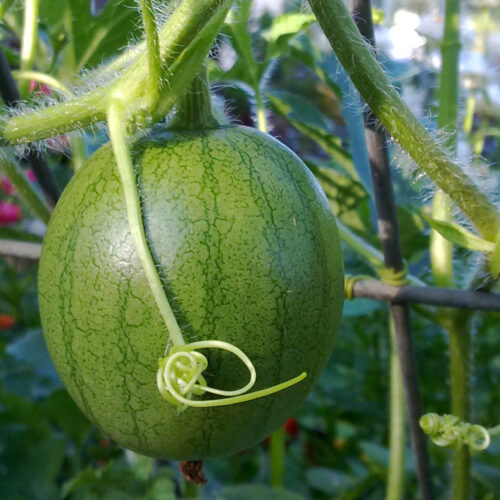Fantastic citrus to try
2022-05-04T02:18:21+10:00
It's time to plant your citrus and Helen McKerral suggests different options you may want to grow in your backyard.
Depending on space and culinary needs, you may only want one or two citrus trees or you might like to create an orchard. Think about what you use most and go for that. It is hard to go past lemons and limes, but of course oranges, mandarins and more unusual citrus will provide edible fruit and look great. Just remember to check what size they will grow to, or be prepared to prune if there’s not much room in the garden. Here are some options.
Oranges
All oranges thrive in the warmest regions of Australia, but specific rootstocks and cultivars impart more cold tolerance than for most lemons and all limes: oranges will grow against sunny sheltered walls even in Tasmania. Certain heritage oranges have excellent flavour, vigour and disease-resistance. ‘Washington Navel’ and ‘Valencia’ oranges (Citrus x sinensis) are exceptional for eating fresh and juicing respectively. Sour ‘Seville’ oranges (C. x aurantium) make incredible preserves. My ‘Arnold’ blood orange flesh doesn’t colour as well as it would in hotter, drier climates, but the citrus-berry flavour is amazing.
Grapefruits
My partner isn’t alone in enjoying grapefruit for breakfast, and there are different yellow and pink varieties, with pink ones being less astringent. My ‘Star Ruby’ has full-sized pale orange fruit with absolutely delicious pink flesh and, unlike some other pink grapefruit, lasts on the tree for some time. I keep our tree pruned to two metres. Yellow ‘Marsh Seedless’ is a vigorous and productive variety, but is less cold tolerant than other cultivars.
Lemon
‘Eureka’ and thin-skinned ‘Lisbon’ (C. limon) are terrific classic varieties with complementary fruiting seasons (‘Eureka’ fruits for longer), while the famously tough and vigorous ‘Meyer’ – one of those complex hybrids – is ideal for colder regions but has sweeter, less acidic flavours. ‘Lemonade’ fruit is a delightful sweet lemon ideal for eating fresh.
Mandarins
No child’s lunchbox is complete without a mandarin inside, and dwarf varieties of these trees thrive in pots and small courtyards. Easy-peeling and completely seedless, ‘Japanese Seedless’ is one of the best.
Limes
The West Indian or Mexican lime (C. x aurantifolia) is a true tropical fruit suited only to tropical northern Australia, but makrut (C. hystrix) and Tahitian (C. latifolia) limes are subtropical, surviving in frost-free areas elsewhere. On a cold tolerant rootstock, Tahitian limes will tolerate light frost. Makrut fruit are quite dry and used primarily for their zest, while the leaves impart a bright, lemon flavour to Asian dishes. Cumquats Then there are the cumquats (Fortunella species) and their hybrids. Some cumquats, such as oval ‘Nagami’ and round ‘Marumi’ have sweet skin, and can be eaten whole; ‘Nagami’ is my favourite. Trees are compact, ideal for tiny gardens, and lightly frost tolerant; variegated cultivars make particularly beautiful pot specimens.
This is an extract from Helen McKerral’s full article, including how to keep your citrus happy all year round, which first appeared in our Early Winter 2022 issue (OG 133). There’s a selection of back issues available here — you can also subscribe and get the most recent issues delivered to your door!








